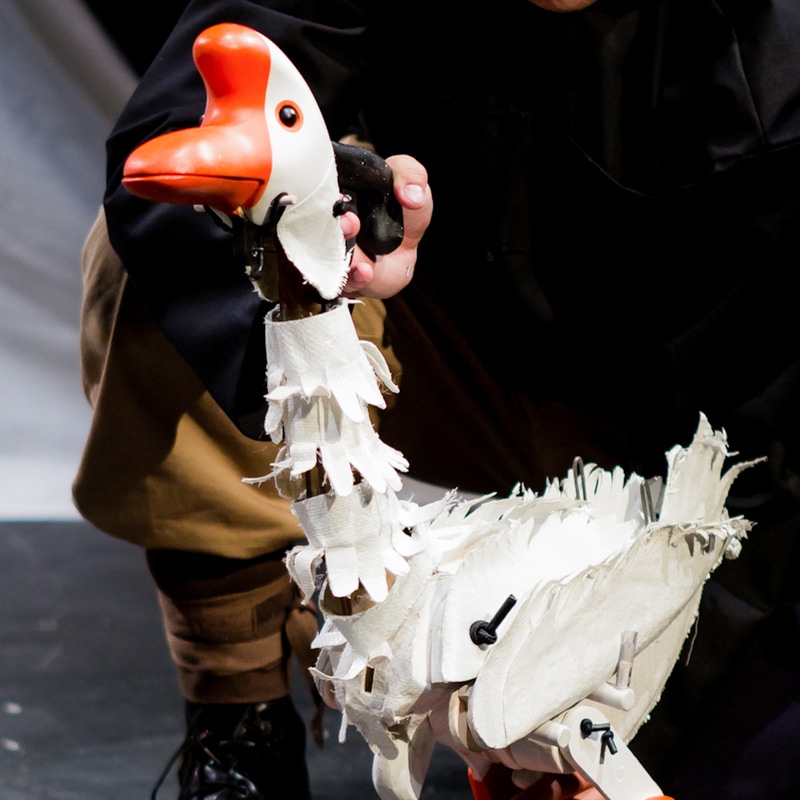|
In 2014 I was approached by a publisher to write a book on puppetry, My instincts at the time were that this was too soon for me and that I was not "qualified". The publisher assured me that I would be suitable and so began a process of distilling ideas, concepts and techniques into written form. The book never eventuated and I am left with many draft pages of what would have been a book. I have now decided to share some of these "draft pages" of this book on puppetry which might have been, as to share with others was the essential purpose for my spending the time to write these words. (I by no means whatsoever own these concepts, but I do ask that you please respect my authorship and so acknowledge this accordingly.) Capturing the Essential
The world which we are within is made up of an infinite myriad of creatures, plants, land forms, oceans and atmospheric conditions. This world is in its very essence a complex place, when we chose to focus on just one of the creatures which inhabit it, we discover that there is a seemingly infinite variety of variations to even this specific type of creature. By close observation of an individual animal within any species we find that it is made up of many parts, which unite together as the form of the creature. In life and breath these components are animated and through the observation of this movement within a creature's form we recognise character traits which provoke feelings in us. This combination of form, movement and the recognition of character which results leads us to the essence of this individual. A puppet when performed appears to be an individual, with components giving it form, when manipulated by a puppeteer the character of the puppet is expressed to a large extent through the combination of its form and the movement given. A living elephant is different from an elephant puppet in almost every way, the audience recognises and responds to this puppet as an elephant through similarities of form and movement. To create such an illusion of “elephant-ness” those involved in the creative process of this elephant puppet must have observed the appearance of an elephant and the way in which this animal moves. Through the observation and physical expression of form and movement, combined with the character deemed appropriate for a specific performance, the audience experiences an elephant on stage expressing traits which are analogous with a certain character within the performance. Our distinct impressions of one living elephant to another living elephant may be very different, and in the same way a herd of elephant puppets on stage may have a wide variety of differing forms and ways of moving. The characteristic which they all share in common is that they are all recognisable in form and movement as individual elephants. It is not necessary for an elephant puppet to physically resemble a living elephant in its entirety, all that is required to communicate the idea of "elephant" to an audience is that the synthesis of form and movement within this puppet shares enough in common with the essential nature of an elephant, so that the audience is happy to subscribe to this as an elephant within the performance. 2015
0 Comments
Your comment will be posted after it is approved.
Leave a Reply. |
June 2024
|

 RSS Feed
RSS Feed